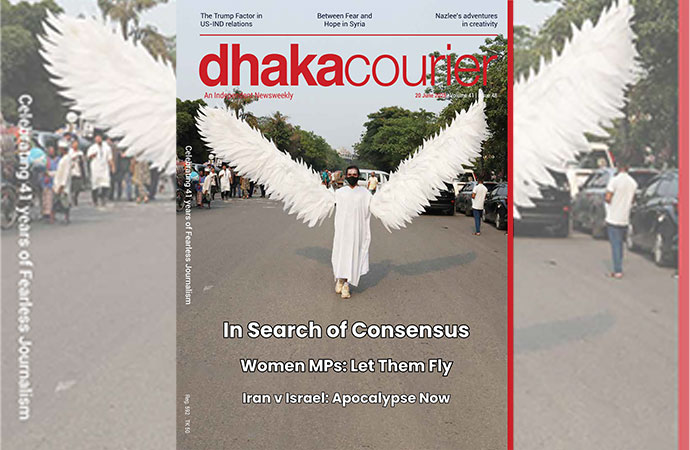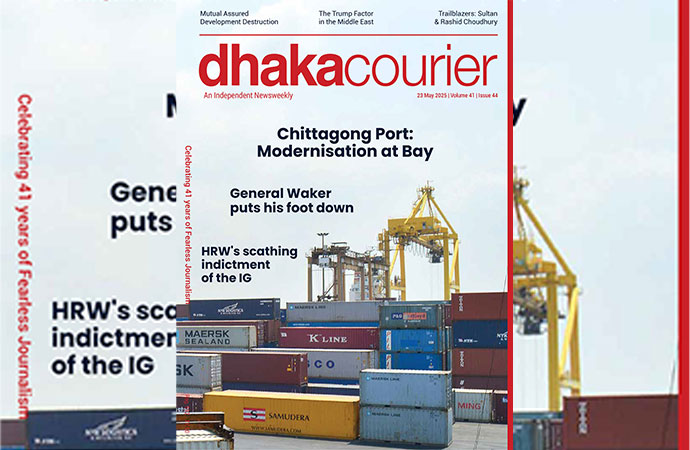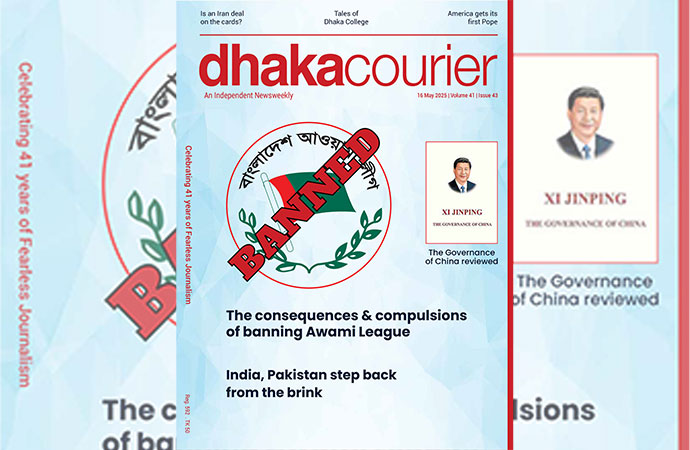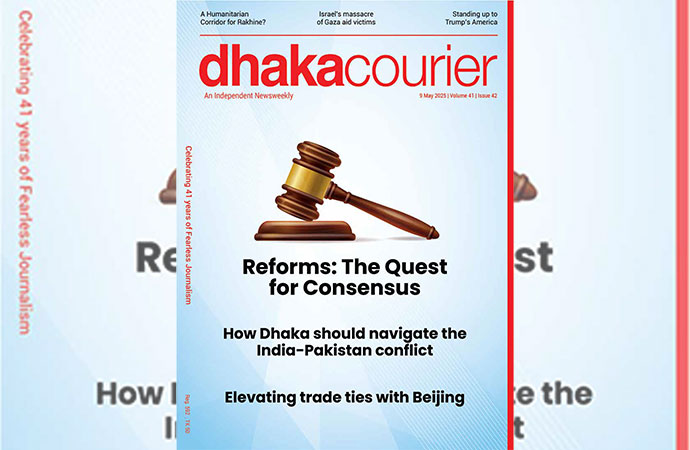Global

Protestors in Tahrir Square during Egypt’s 2011 protests | Mohamed Mostafa/Demotix. All rights reserved
Inequality shapes citizens’ views over whether their country has improved and so a deeper dive is needed to understand where the region stands
"In general, do you think that things in your country are going in the right or wrong direction?"
This question was posed by the Arab Barometer in 2018 to 26,739 individuals from 12 Arab countries. The answers were supposed to give us a panoramic view of the region, but instead they showed something else.
While the majority (61%) of respondents from Algeria, Egypt, Jordan, Lebanon, Morocco, Tunisia, Iraq, Kuwait, Libya, Palestine, Sudan and Yemen, said they thought their country was somewhere "in between", the rest were divided over whether it had gone in the right or wrong direction. This division not only reflects the degree of polarisation in each country, but also whether respondents were among the winners or losers of their country's changes.
The main point worth reflecting on is why the majority thought that their country was in a state of "in between" i.e. neither going in the right or wrong direction. One possible explanation is that their country has remained motionless. Another is that the contradictory forces that animated the turmoil just promoted the incorrect impression that the country was motionless.
In 2019, the UNDP conducted a survey covering 6,722 citizens of 12 Arab countries - ten of which were in common with the Arab Barometer survey. This time they were asked about discrimination, socio-economic circumstances and governance.
When it came to government responsiveness, 38% believed it had not changed in the past decade, while 30% believed it had worsened, and 22% said it had improved. What is interesting is that the richer segments of the sample were more likely to assign improvement, while lower-income respondents were more likely to feel that responsiveness had worsened, underscoring the need to take inequality as an important factor when examining citizens' perception of change in the region.
Alarming numbers
Socio-economic conditions remain as challenging, if not more so, given the impact of the COVID-19 crisis. A UN report published in July last year estimated that up to 14.3 million people in Arab states fell into poverty in 2020 due to the crisis. This would bring the estimated total number of people living in poverty in the region to 115 million, or a quarter of the population.
This report by the United Nations Development Programme shows that youth unemployment in the region continues to be the highest in the world, standing at close to 30% in Jordan, Tunisia and Egypt, and exceeding 50% in conflict-affected countries such as Syria and Yemen.
Meanwhile, women continue to suffer a compounded effect across all levels while being under-represented in political office. Despite the increase in seats held by women in Arab national parliaments from 4% in 2000 to 18% in 2020, this share is still the lowest in the world.
It's also worth remembering that the Arab region is home to 36.1% of the world's refugees. And the pandemic has only added to the ongoing conflicts, some of which are borne out of decades-old, deep-rooted socio-economic divisions, while others come from the gender gap, and the violent extremisms that are shaping new fault lines or deepening old ones.
Back in 2009, the UNDP had warned against the threat of what was referred to as "state-initiated violence" and the denial of voices and representation to people in the region. According to the US-based NGO Freedom House, among the 19 Arab countries it researches, only Tunisia is considered 'free', while Lebanon, Morocco and Kuwait are only 'partly free', which lends a dark shadow over the region. According to the Fragile States Index, six out of the 20 most failed countries in the world were from the Arab region in 2020, compared with three in 2010.
A closer look
The Arab Spring reverberated widely as a call to end exclusion and open up political space, but we should not be too quick to declare it failed despite the importance of the statistics mentioned above.
But what does this really mean for those concerned with creating positive change?
A discussion focused on where the Arab region is heading cannot move forward unless one avoids extreme and dismissive narratives, on either side. To say that the region has remained static is unfair to the millions of protesters who have demanded change and demonstrated against economic and political injustice, and who continue to do so.
When considering the situation from a distance, it does seem grave. However, it's worth noting that many countries are still in transition, and for this reason a closer look is needed to decipher where the region is really heading.
If we dive deeper, it's possible to see positive change emerging from new initiatives that are continuously growing. This deeper look is also fairer to the people who continue to challenge (often at their own risks) the status quo that appears unmoving on the surface.
A closer look also reveals the need to strengthen the resilience of the civil society actors who are engaging in informal networks, connecting with local authorities and with several other actors of their social ecosystem, helping to generate solutions from below.
Examined under the microscope, this social fabric shows a mosaic of individuals and communities connected through personal relationships, professional associations and more, and who are, by varying degrees, increasingly influencing local structures of governance. This is why supporting a bottom-up and community-driven accountability system could lead to social change over time - or at least facilitate it.
From openDemocracy

























Leave a Comment
Recent Posts
A front row seat to nationbuil ...
The proceedings of the National Consensus Commission, the apex body si ...
Will the dark shadow of piracy ...
The Bangladeshi film industry has shown signs of revival in recent Eid ...
UK and Bangladesh celebrate climate partnership
The Middle East at War
Why politicians must prioritise climate, disaster an ..
The US State Department said it is restarting the su ..